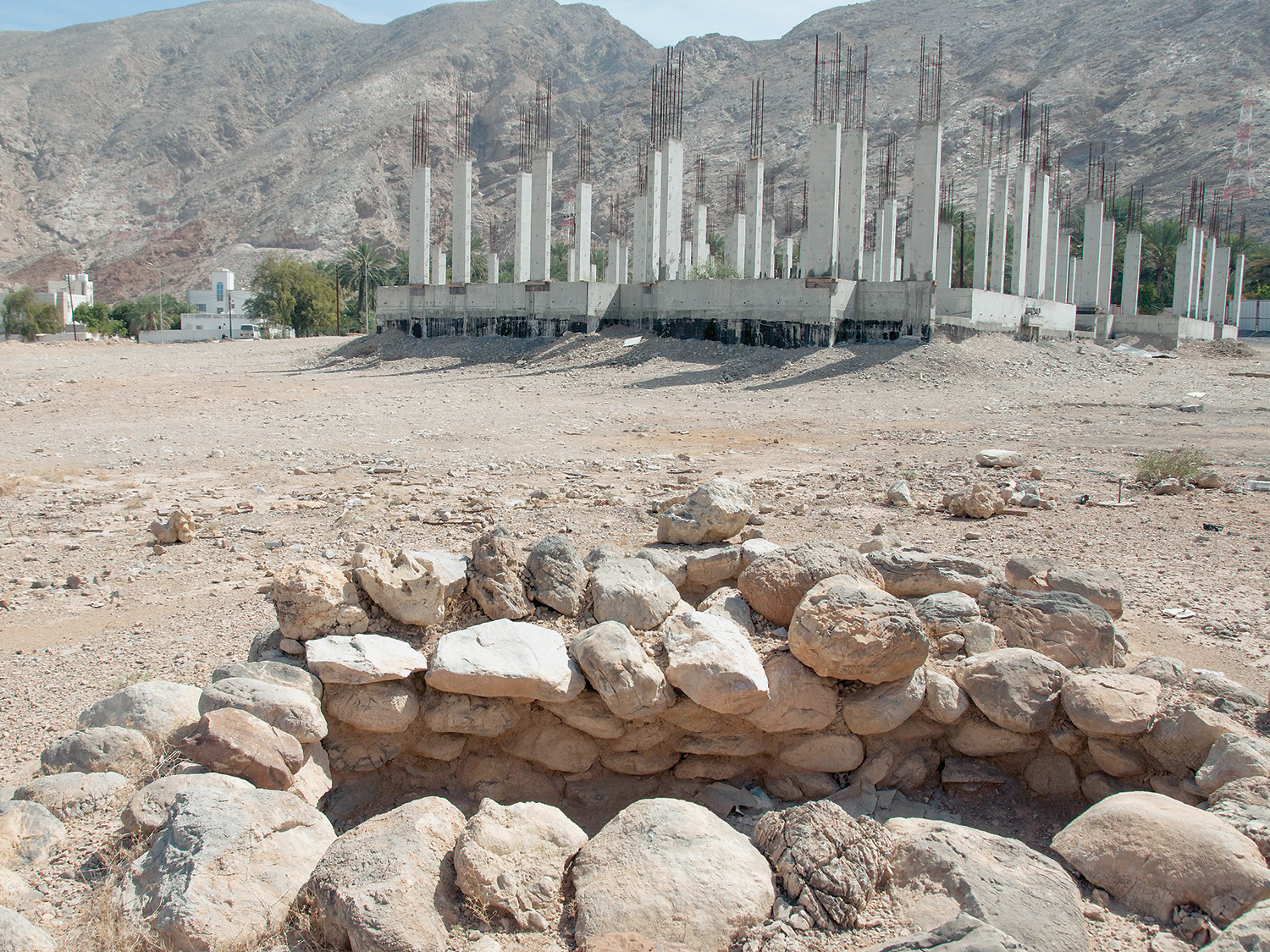

By Yahya Al Salmani — MUSCAT: Feb. 13 - A signboard placed at an archaeological site in Bausher sends out a message in no uncertain terms that “tampering with the content of these Ancient Grave (s) is strictly prohibited. Violators will be prosecuted by law”. The board, installed by the Ministry of Heritage and Culture at the Wilayat of Bausher in Muscat Governorate, abounds in archaeological sites that date back to thousands of years.
One of the sites, called the ‘Beehive Site’, contains dozens of circular-shaped tombs spread over large areas, including Al Fetah, Sad and Gal. The graves, covered with stones, date back to the early Iron Age.
Sadly, these sites are exposed to violations of urbanisation. Despite the signboards aimed at ensuring that graves are not exposed, the urban expansion is evident. Drilling machines are seen at many sites.
At the same time, houses have been built on these sites without regard for their historical and tourist importance. Construction and demolition activity is carried out without any official supervision and control.
During a visit, the Observer found these sites were used for barbecue (BBQ) activities.
During excavations, archaeologists have found pottery, bronze swords and arrows, and a large amount of old beads at these sites. Process of exploration is still ongoing here. Bausher archaeological sites also have many ‘Falajs’, which are a unique water system that represents a cultural legacy created by Omanis over 2,000 years ago — the oldest irrigation structure in the region. These ‘Falajs’ are already damaged. They need rehabilitation. “Falajs are still a major source of irrigation in the Sultanate and a water source that can be relied upon in most villages. This traditional irrigation system ensures the existence of human civilisation at this area,” according to the locals. All these practices are incompatible with the Royal Decree (No 6 / 80), which states: “It is an offence to remove objects from the surface or in any way damage or disturb archaeological sites in the Sultanate of Oman.”
The violations are in contrast to the official regulation. Many of those interested in heritage sites thank the ministry for its efforts in preserving them by installing signboards warning against violations.
They, however, attribute the cause of urbanisation expansion in the area to the lack of coordination between the Ministry of Housing and the Ministry of Heritage and Culture, and other official organisations, including Muscat Municipality.
Oman Observer is now on the WhatsApp channel. Click here



